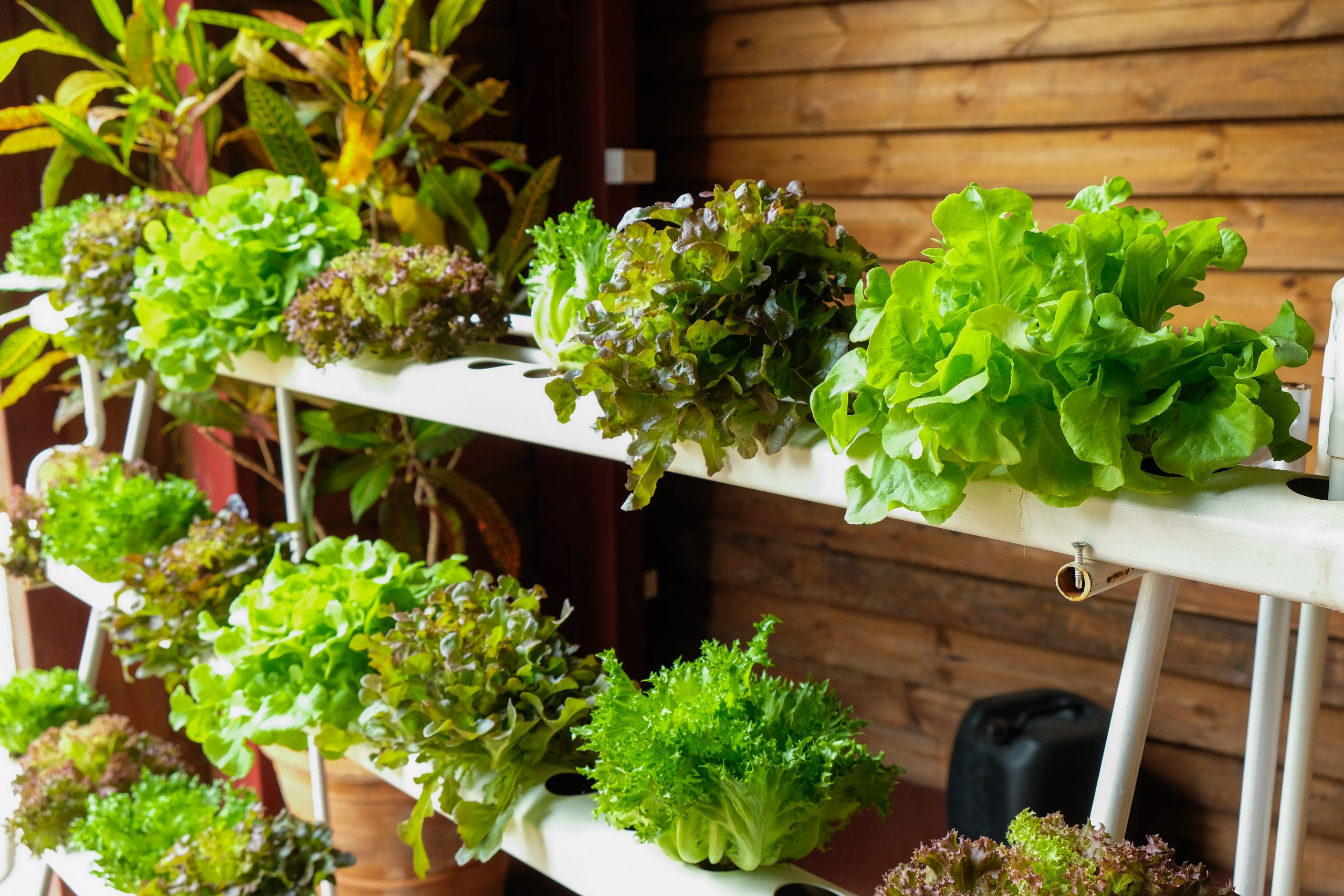Future of Farming: The Hydroponic Greenhouse Revolution

Imagine a world where fresh, healthy, and sustainable produce is available year-round, regardless of the season or climate. This vision is rapidly becoming a reality, thanks to the innovative marvel known as the hydroponic greenhouse.
Combining the precision of hydroponics with the controlled environment of greenhouses, this cutting-edge approach to agriculture is transforming the way we grow our food. Let’s explore the wonders of Gosford hydroponic greenhouse and how they are set to revolutionise farming on the Central Coast and beyond.
What is a Hydroponic Greenhouse?
At its core, a hydroponic greenhouse merges two powerful farming techniques: hydroponics and greenhouse cultivation. Hydroponics is a method of growing plants without soil, using nutrient-rich water solutions to deliver essential minerals directly to the plant roots.
When paired with a greenhouse—a structure that provides a controlled environment for plants—hydroponic systems can achieve unparalleled levels of efficiency and productivity.
The Advantages of Hydroponic Greenhouses
Year-Round Production: One of the most significant benefits of hydroponic greenhouses is the ability to produce crops year-round. By controlling temperature, humidity, and light, these systems can create optimal growing conditions regardless of external weather patterns.
Water Efficiency: Hydroponic systems use up to 90% less water than traditional soil-based agriculture. Water is recirculated through the system, reducing waste and conserving this precious resource—an essential consideration for regions facing water scarcity.
Space Optimisation: Hydroponic greenhouses can be designed vertically, maximising space utilisation. This is particularly advantageous in urban areas where land is limited, allowing for high-density farming and increased yield per square meter.
Pesticide-Free Produce: The controlled environment of a hydroponic greenhouse minimises the need for pesticides and herbicides, resulting in cleaner, healthier produce. This is a significant boon for consumers looking to avoid chemical residues in their food.
Faster Growth Cycles: Plants grown in hydroponic systems often experience faster growth rates due to the precise delivery of nutrients and optimal growing conditions. This means more harvests per year and a steady supply of fresh produce.
Hydroponic Greenhouses on the Central Coast
The Central Coast, with its mild climate and abundant sunshine, is an ideal location for hydroponic greenhouses. Local farmers and entrepreneurs are increasingly recognising the potential of this technology to boost agricultural productivity and sustainability in the region.
Several innovative hydroponic greenhouse Gosford projects are already underway on the Central Coast. These initiatives are not only providing fresh produce to local markets but are also creating jobs and promoting sustainable farming practices. By reducing the need for long-distance transportation, hydroponic greenhouses help lower carbon emissions and support the local economy.
The Future of Farming
As we look to the future, hydroponic greenhouses represent a crucial step towards sustainable agriculture. With the global population projected to reach 9.7 billion by 2050, the demand for food will only increase. Traditional farming methods may struggle to meet this demand without causing further environmental degradation.
Hydroponic greenhouses offer a viable solution to this challenge. By producing more food with fewer resources, they can help ensure food security while preserving our planet's ecosystems. Moreover, as technology advances, the efficiency and affordability of hydroponic systems are expected to improve, making this approach accessible to more farmers worldwide.
Final Words
The hydroponic greenhouse is more than just a trend; it is a transformative technology that holds the promise of a more sustainable and resilient agricultural future. Embracing hydroponic greenhouse Gosford means not only producing fresh, healthy food year-round but also protecting our natural resources and supporting local economies.
As we continue to innovate and refine these systems, the future of farming looks brighter—and greener—than ever before.



Comments
Post a Comment